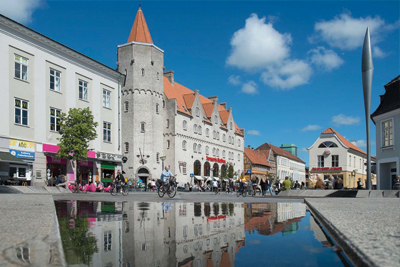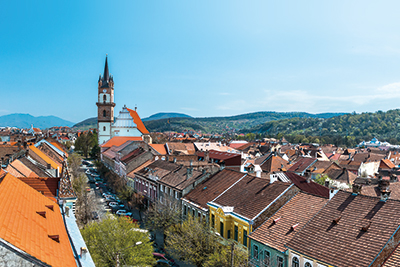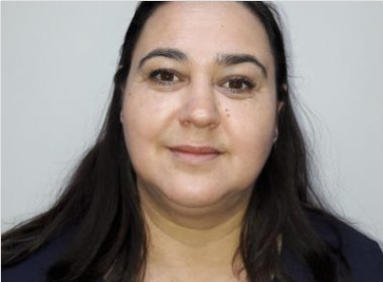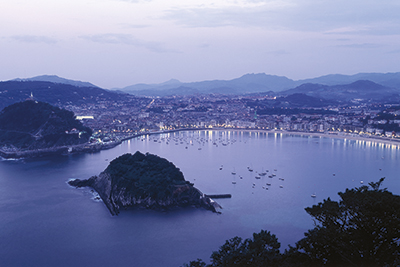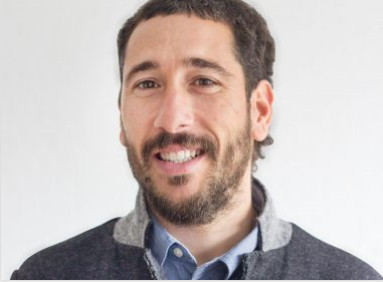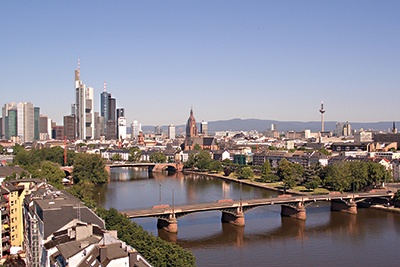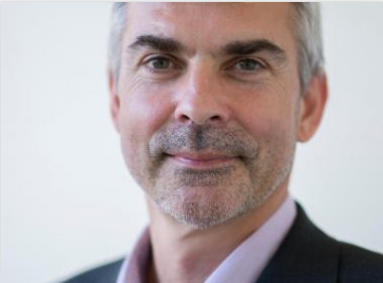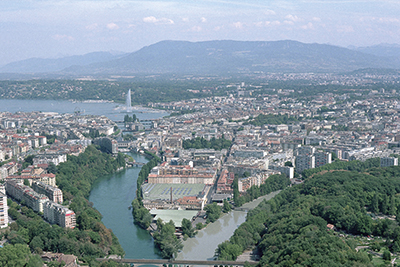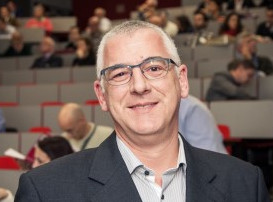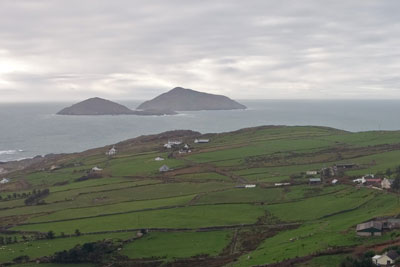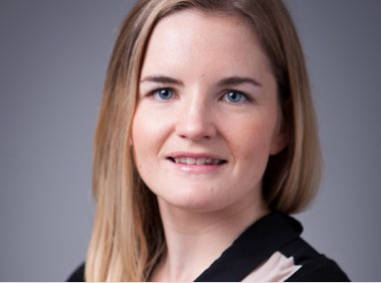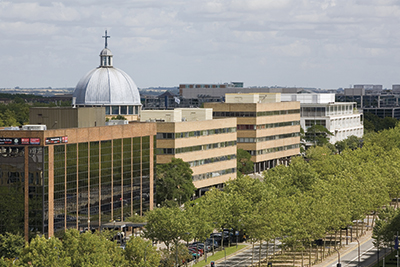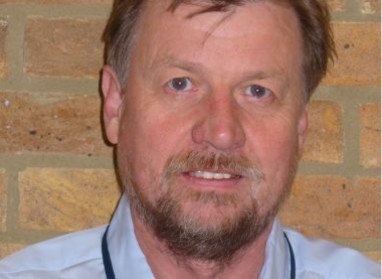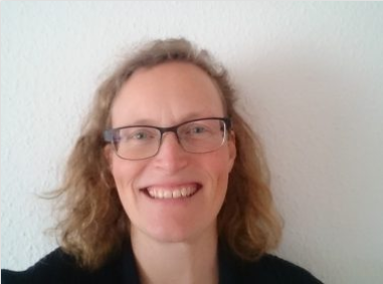
Our strategy is to make the energy system in Aalborg 100 % fossil free in 2050. Today 80 % of the heat demand in the municipality is covered with district heating – 99 % in the City of Aalborg. We have several heat sources – a central power plant, a cement factory, a waste inceneration plant, waste heat from industry, decentral CHP etc. In the rural area the buildings are individually heated mostly with boilers (oil, gas or wood pellets) or heat pumps.
To reach our goal our energy system has to undergo a green transition from fossil fuels to renewable energy. We see district heating as an important element in the transition as the system is very flexible and can use various heat sources. Over the next years we expect to expand our district heating areas and we intend to integrate more industrial waste heat combined with large heat storages. At the same time we have focus on energy savings in the building stock, industry etc. as we need to lower the energy demand to be able to reach the goal.
In Aalborg we have been working with strategic energy and heat planning since the late 1980s, but we find it very interesting to be part of the process developing a new planning tool and have the opportunity to share our experiences in the field. In the process we expect to test the tool against our existing plans and afterwards we hope to use the tool in our future planning.


